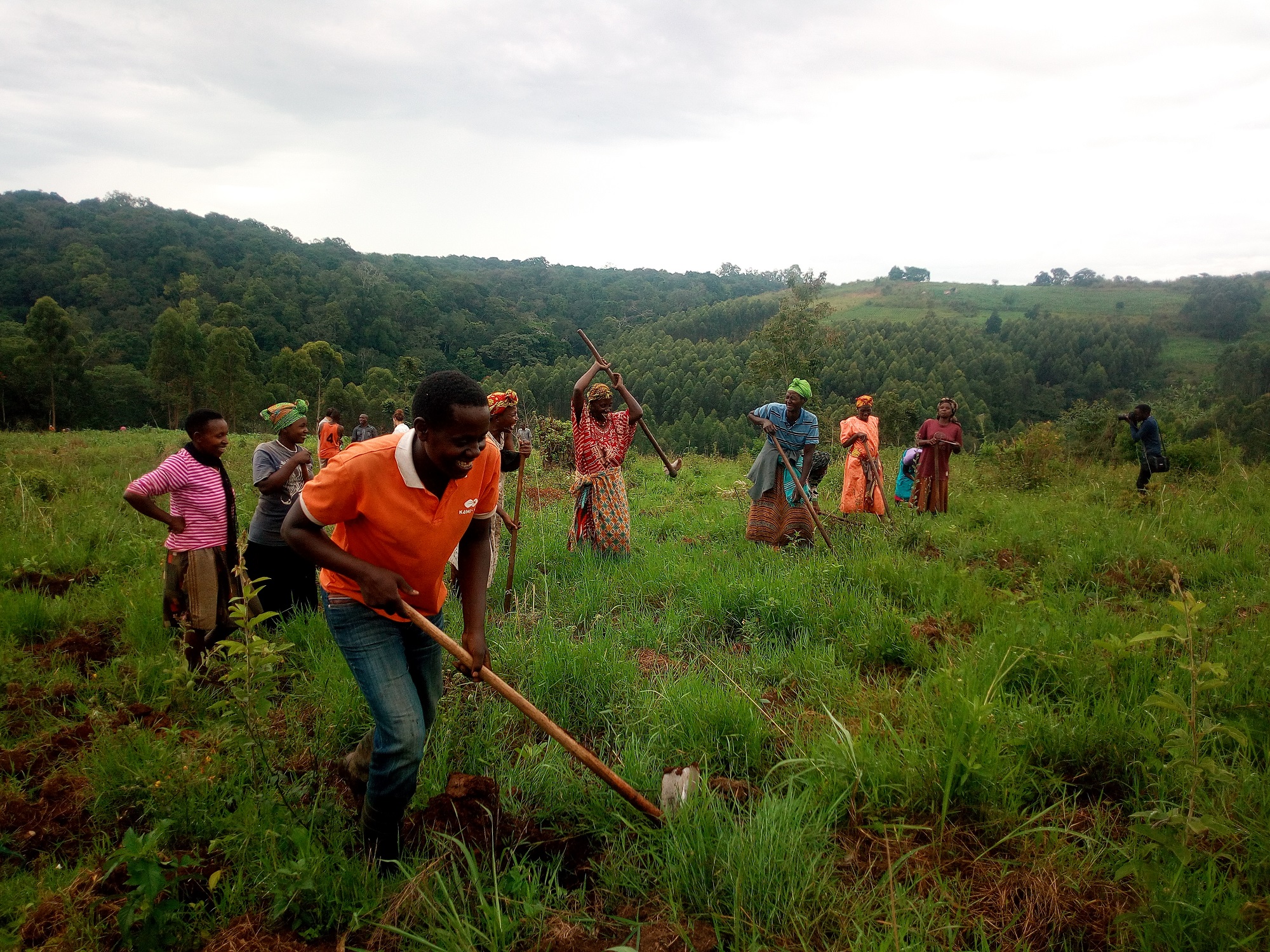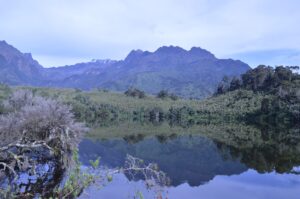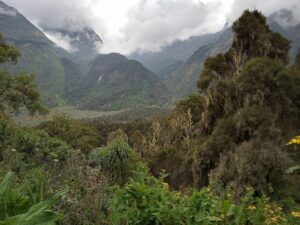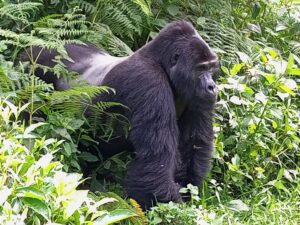Tree planting is a simple but the most effective way to counter the human impact on the natural environment. Because of this truth, the local communities in Uganda have accepted to put aside some of their lands for this purpose of tree planting. It is a full community movement near three wildlife areas that focuses on tree planting in the residential areas neighboring these National parks.
Three communities near the three National Parks of Rwenzori Mountains, Queen Elizabeth and Kibale forest have gazetted part of their household land for tree planting and pledging to turn these territories into permanent forests. These communities are on the buffer areas and work has commenced many years back. You better look out for these communities and visit to see the great impact tourism and travel is making on the local communities, through tree planting and other social empowerment projects. It is an opportunity to travel differently and most sustain-ably if you add this tree planting activity on your Uganda trip.

How the trees seedlings are acquired:
The trees planted are carefully and sustain-ably raised from the seeds collected from the national parks or other local indigenous forests. Seeds are collected this way to ensure that the same indigenous trees are planted to expand the natural habitat for the local wildlife. It has been a journey. The local community members have been trained how to collect and process local indigenous seeds. They raise and plant the seedlings in the buffer zones and on their family properties. Besides recovering the natural habitat in the allocated buffer land, the trees planted on the home plots are set to provide local household wood and other plant based basic needs such as crafts materials, medicine, fire wood and other ecosystem benefits for the future generation.
Who can participate and what to expect
It is a community event where visitors are allowed to participate. During the tree planting activity, you will join the rest of the community and participate in the actual tree planting exercise. The day goes by in the most local way when guests participate in carrying the seedlings, digging the holes in the ground using local tools, planting the seedlings. During the activity, social interaction is guaranteed. You will be sharing other local social moments together with the locals through the entire day of work. The day passes with allot of local stories, sharing local meals, dances and drama during the activity breaks. This is a memory that everyone must take. In one day the locals will share more than what the ordinary tourist is able to experience on a full seven days trip.
The story doesn’t end on that day. It turns to be a life long experience since the local community keeps you informed of how the trees are doing. They will be sharing timely pictures and reports, enabling you to see the effect of your effort as the bare degraded lands turn into a green tropical forest.

Don’t just travel to Uganda. Come and put a good mark of contributing to nature conservation so generations will see that you visited Uganda. Under this arrangement, the national parks near where you can currently plant trees at are;
- Rwenzori Mountains National Park,
- Kibale National park and
- Queen Elizabeth National Park.
Requirements:
Everyone’s participation in this activity is easy to arrange. If you want to participate, you need a minimum of one day of your trip to allocate on the tree planting. It is an activity that needs to be prior arranged. The local community initiative will organize the seedling early in advance, bring them to the site, get the tools ready and prepare the meals and refreshments during the activity. You will need to tell the community when you will be travelling. You will then be added on the next closest planting day.
It is entirely supported by the local community households. All participants are required to support the exercise with which ever resource they may have. Participants willing to be guest planters choose the number of trees they will plant and at which of the three National Parks area they want to plant them. The planting of the trees is free. Guests pay a minimum fee per seedling planted that hey want to support. This fee paid by the guest planters is entirely spent on trees and it goes towards;
- Contributing to buying the seedlings
- Contribution towards the logistics of the days activity
- Payment for the costs of tending the tree for one year or more
The community members have contributed the land. In addition they contribute free labor and farm tools on the planting day. For a period of one year, the guest planter receives communication about how their trees are growing.

How the community benefits from the work:
Besides the tree planting and greening the degraded lands, this project creates jobs for the local communities through;
- The sale of seedlings they raise
- Payment for tending to the trees through the year
- Long term sustainable projects to be implemented in the buffer forests raised to create employment
This is evident in the sites and guest planters are able to visit the existing projects during the planting activity. These community forests expand the wildlife habitat and provide basic needs and ecosystem benefits to the community.
During the tree planting activity, guests learn more of the community plans on how they plan to use the forested lands in the most sustainable way. This way, by participating in the tree planting you are not just a tourist but become one other community member participating in the planning of the most sustainable way of land use. Besides, participation gives one an opportunity to exchange skills, knowledge and cultures. No other travel experience will be as involving as participating in the tree planting activity.
Do you want to participate in tree planting during your next trip to Uganda? Please contact us today and we will give you more information. Fortunately, most tour operators such as Ecovic Tours and Travel can take you to these communities. In case you want to travel independently, you can choose to contact the community managing these tree planting projects.




